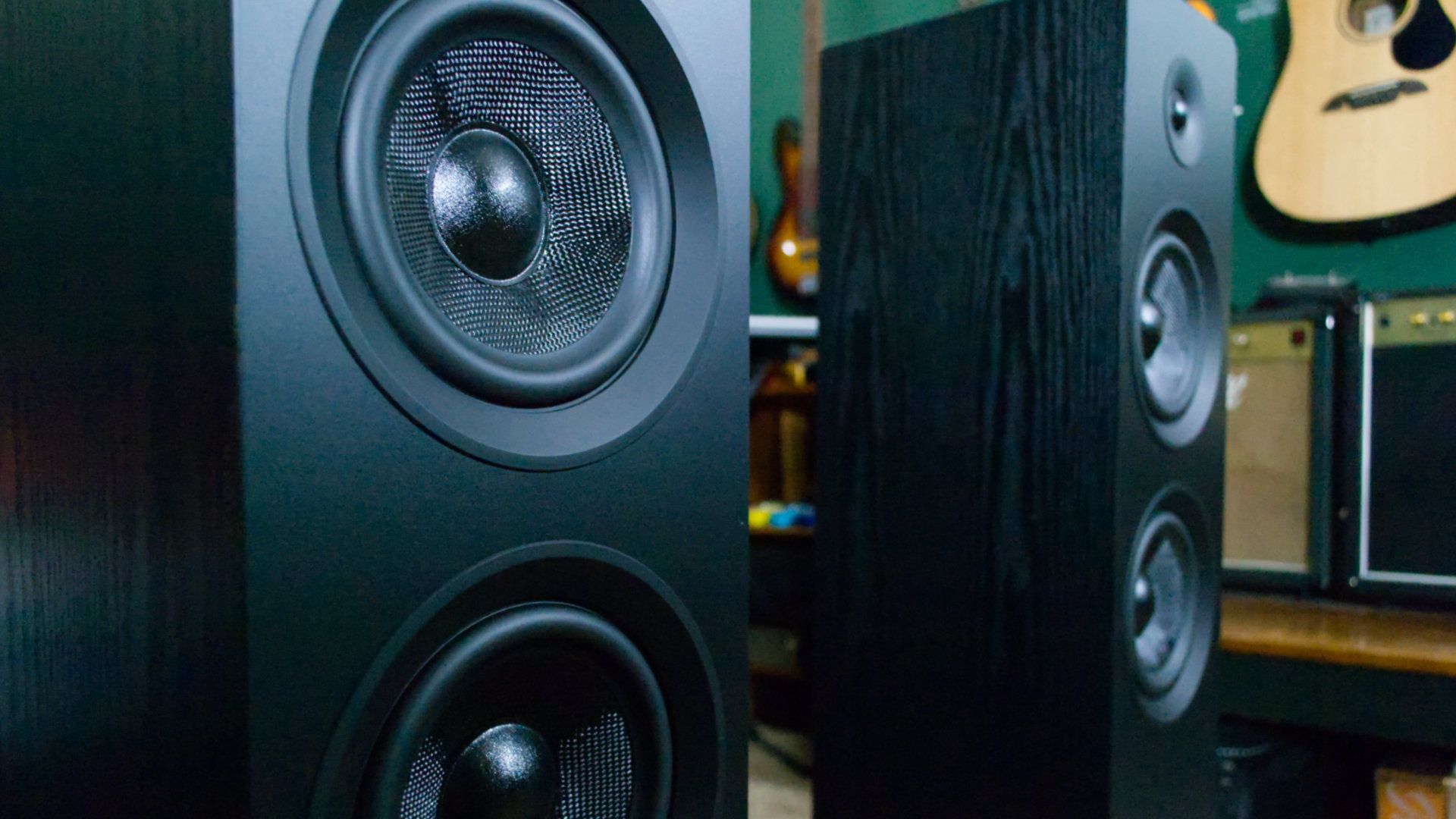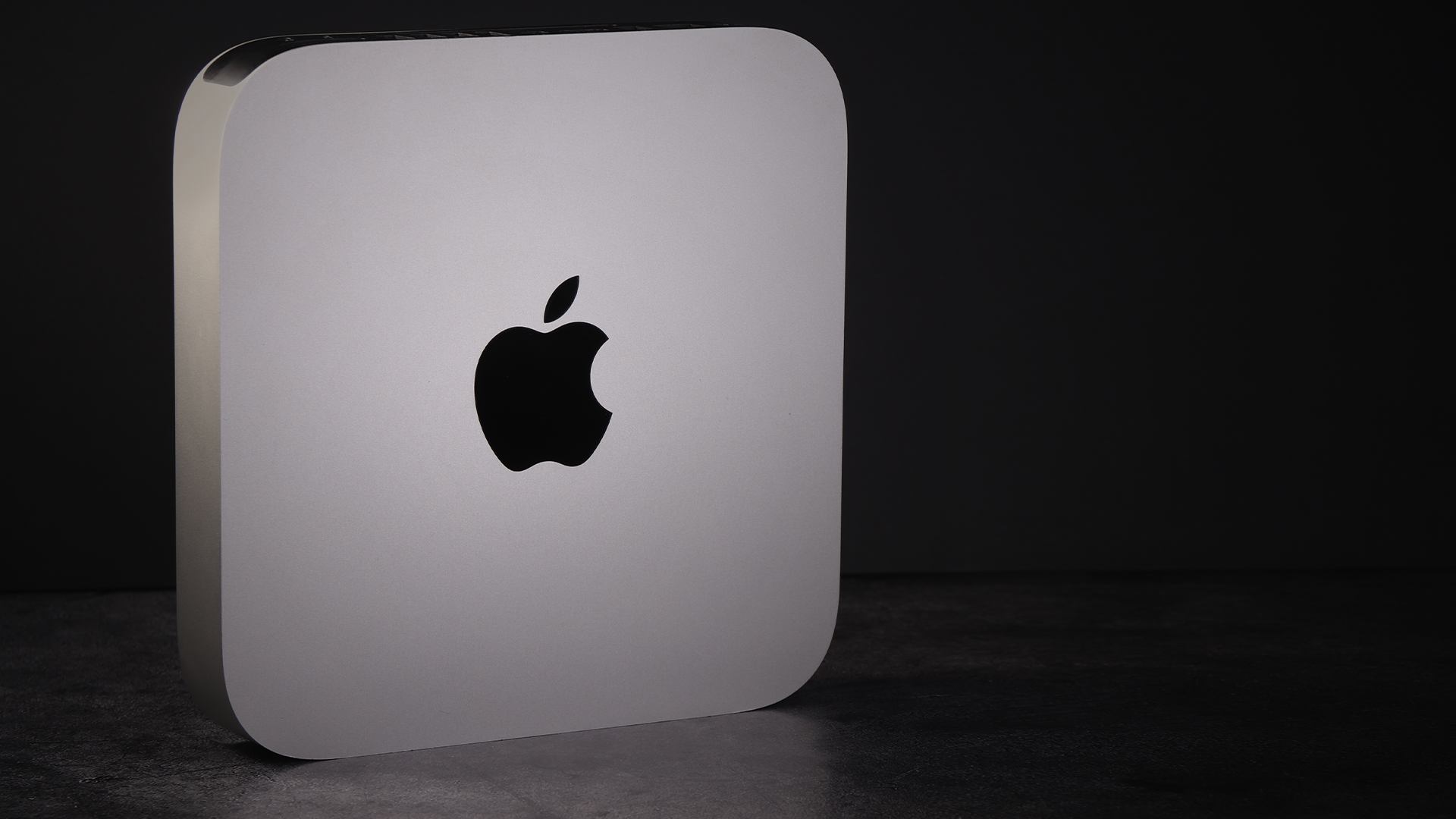As someone who uses a MacBook Pro all day, every day; I didn’t realize how much use I’d get out of a cheap used Mac mini. As I build up my smart home ecosystem, I’ve taken to using Apple’s “tiny PC” as a local hub.
Easily Run Home Assistant in a Virtual Machine
Home Assistant is a free and open-source smart home operating system. It runs locally on your home network, bringing together a vast range of smart home devices and services under one ecosystem. It’s also surprisingly easy to get it working on a Mac mini on a virtual machine using free software like VirtualBox.
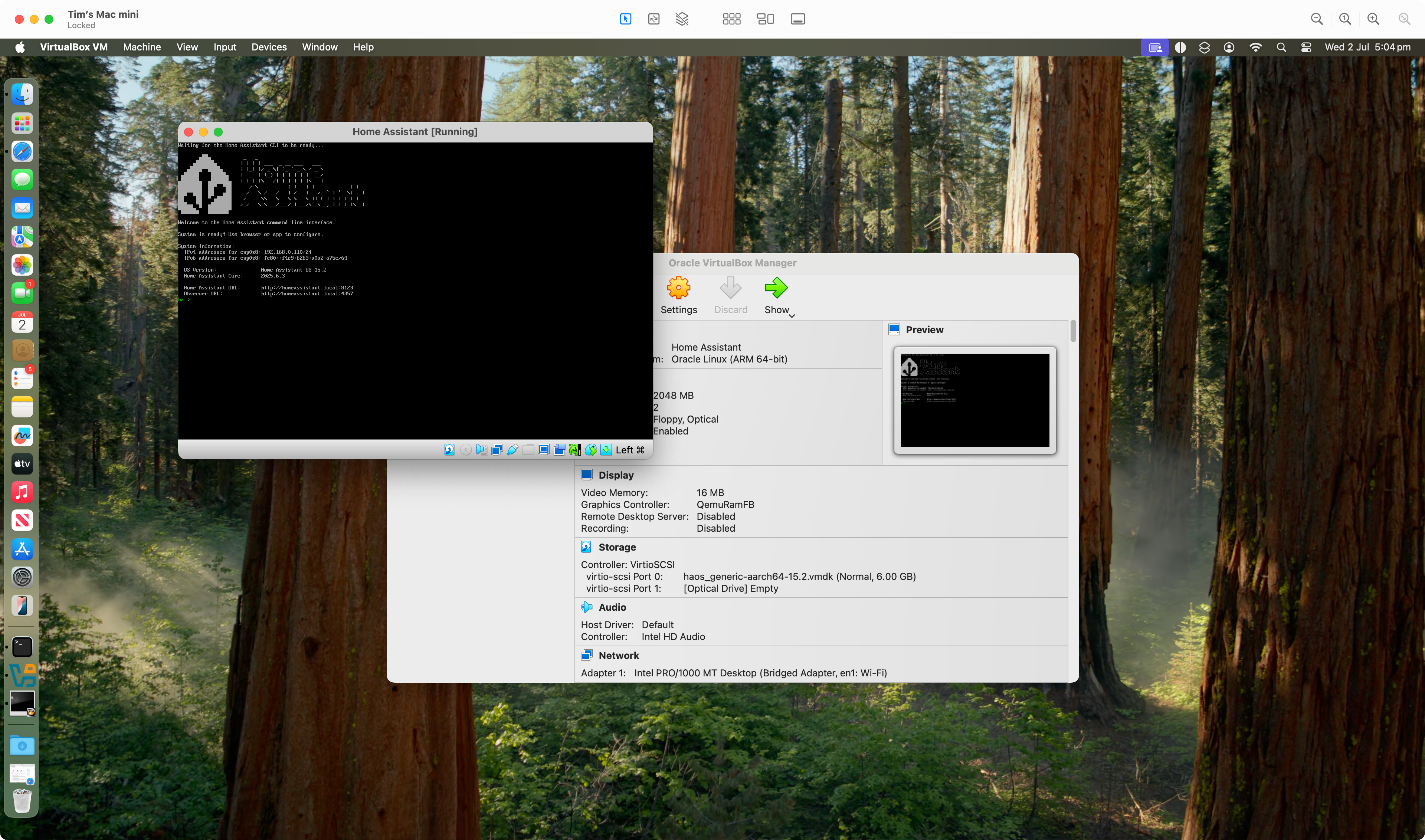
There are some compelling reasons to choose Home Assistant over a proprietary ecosystem like Apple Home, Google Home, or Amazon Alexa. The big one is that Home Assistant runs primarily offline, so your devices will still respond and automations should still trigger even if the internet connection goes down.
Beyond this, you can use Home Assistant’s various integrations to mix and match products from different ecosystems. So you might have a smart plug that only works with Google Home, while the majority of your devices are Apple-approved HomeKit devices. With Home Assistant, you can create routines that let these devices interact with one another.
You also have way more scope in order to build complex automations compared to what Apple, Google, Amazon, and others allow. Home Assistant hooks into a vast number of services like weather forecasters, air quality monitoring services, energy providers, productivity apps, and much more. You can easily copy the homework of other users thanks to a thriving community.
Setting up Home Assistant on a Mac mini takes about 10 minutes of preparation before letting Home Assistant complete the task while you enjoy a cup of coffee. Once complete, you can leave your Mac mini running quietly while you set up and manage your Home Assistant server from any other locally connected machine via a web browser.
On my M1 Mac mini that has a Home Assistant virtual machine running all of the time, I have plenty of overhead while sharing 2GB of RAM and 2 whole virtual CPU cores with the smart home hub. The software runs great on single-board computers like the Raspberry Pi, so it’s going to fly on a relatively modern Mac.
The Mac Mini Sips Power
While not as lightweight as a single-board computer like the Raspberry Pi, the Mac mini is still a very efficient way to run any kind of home server. This is especially true if you’re hoping to use the machine for other tasks since you’ll have the overhead to do so.
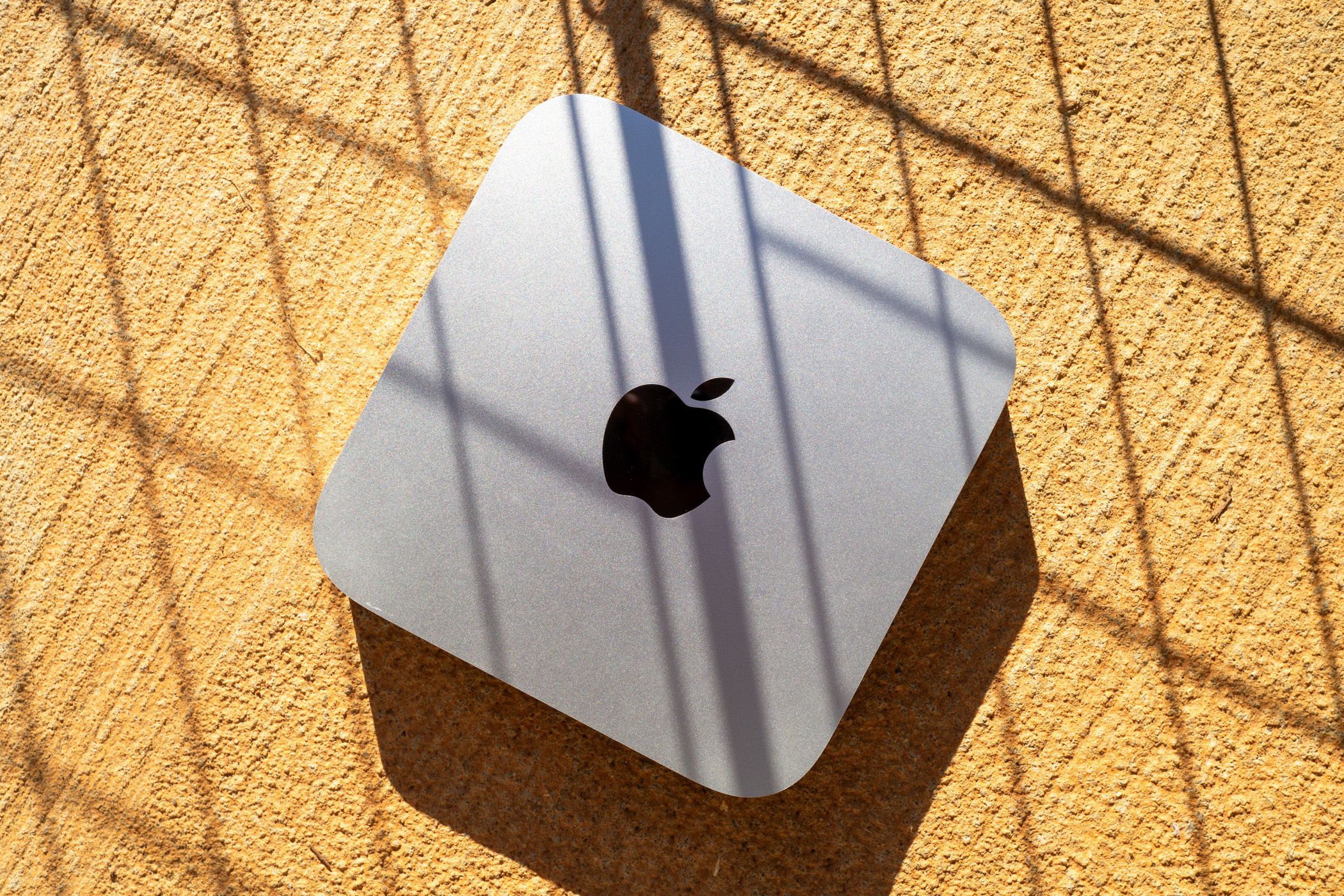
According to Apple’s numbers, the M1 Mac mini consumes between 6.8W (at idle) and 39W (under full load). The 2020 machine uses three times less power than the Intel model that preceded it in 2018. The later M2 chip can use up to 50W under peak load, whereas the latest M4 ranges from 4W (at idle) to 65W under full load. For comparison, the Raspberry Pi 5 hovers between 4W at idle to over 12W at full load.
This is a great reason to hunt down an M1 Mac mini for smart home purposes, though even the Intel models (from 6W to 122W, depending on the model) are still relatively reserved compared to many other options out there.
It's Cheap (Especially Used)
Another reason to opt for an M1 model is that Apple silicon is finally maturing. Apple is now up to the M4 chip, with the M5 chip expected to launch later in 2025. M1 Mac mini models are now available on the used market in plentiful supply, with prices having taken a tumble since the Mac mini’s M4 refresh in 2024.
Shop around and you could pick up a used M1 Mac mini for around $150. I paid $160 for mine (with the 16GB RAM upgrade), which is only marginally more expensive than a new Raspberry Pi 5 Model B where I live (in Australia).
There’s nothing stopping you from picking up a brand new $599 M4 Mac mini either, of course. These are the best value computers that Apple makes, but if your primary use is to run Home Assistant then the latest model is overkill. Unless you intend to use it as a daily driver PC or for more intensive tasks with a Home Assistant virtual machine running in the background, save yourself some money and pick up something used instead.
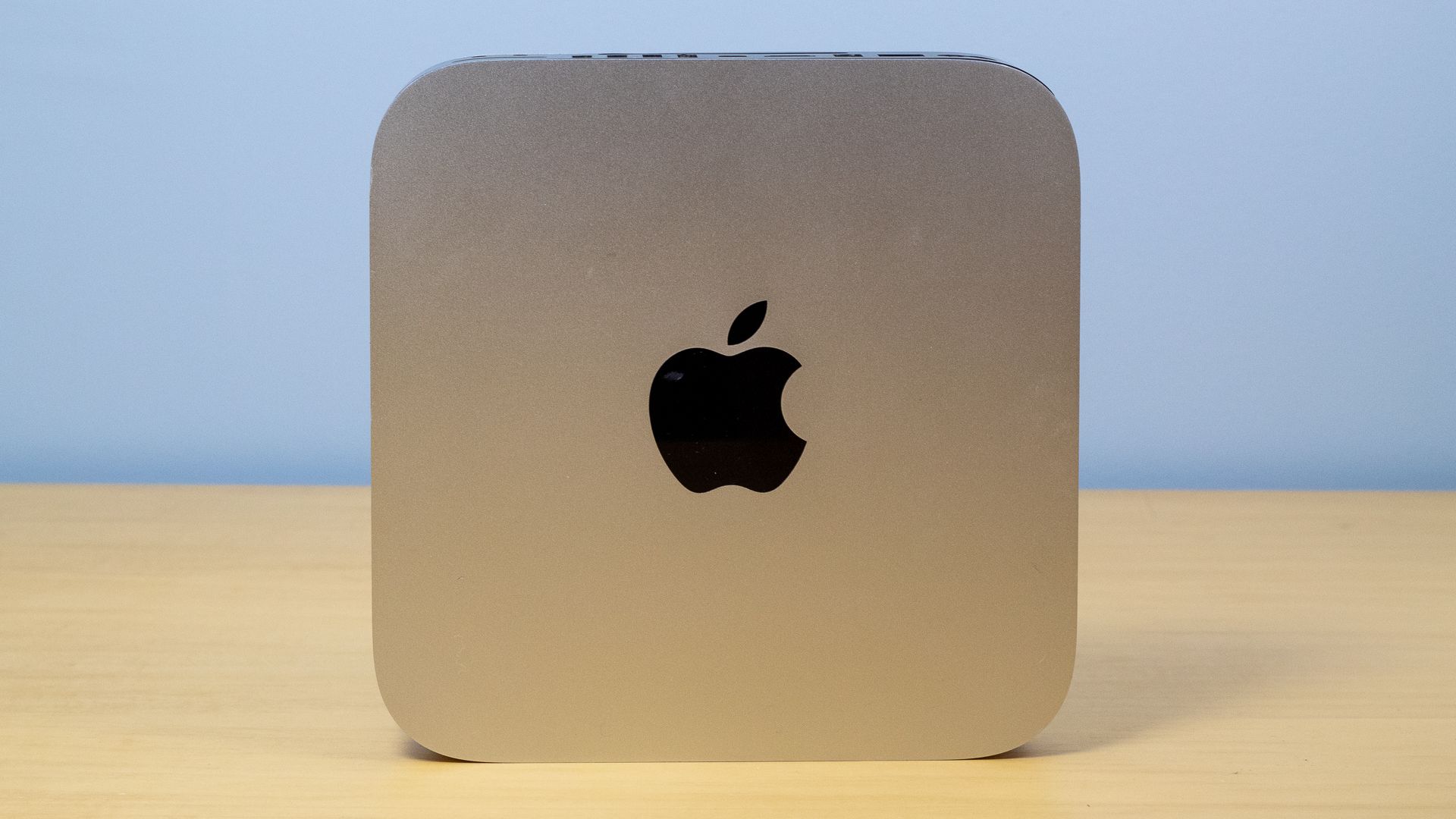
The cheapest Mac minis are the Intel models, and while these can be found at quite the discounted rate (many below $100), the power consumption will be higher and they will no longer be officially supported by Apple come the launch of macOS 27 in 2026. You’ll still get a few years of security updates, and Home Assistant will still work, but it’s worth keeping in mind.
It's Small and Looks Good
The Raspberry Pi is cool, but it’s just a board in its cheapest form. You’ll need to buy, print, or build your own Pi case to keep it safe. The Mac mini is an aluminum box with a computer inside it, plus an adequate cooling solution. As long as you’ve got a decent amount of airflow you can stick it virtually anywhere it will fit.
It’s probably smaller than your router, which means it’ll probably mount neatly next to it for direct connection via Ethernet. These nondescript metallic boxes look great wherever you want to put them. I’ve currently got mine sitting next to the PS5 on my entertainment cabinet, beneath the TV. You can even mount them on the back of your TV, with the right hardware.
Though you could use an old MacBook instead (or any laptop for that matter), it’s hard to argue against a “headless” Mac mini with remote access for a more elegant solution.
More Ports than You Probably Need
I love the idea of using an old MacBook as a server of any kind, but there’s no getting around the fact that Apple has been stingy with ports ever since it decided to remove the optical drive from the MacBook Pro. For years we’ve had to rely on dongles and hubs, which is thankfully not a problem for the Mac mini.
Apple’s smallest computer has at least a gigabit Ethernet port on it, with some models optioned with faster 10 gigabit networking. This is great for a server since you avoid dealing with unreliable Wi-Fi and get the fastest possible network speeds for tasks like sharing media and files. It also makes remote access over the local network even speedier, a fact that’s compounded when you consider that the Wi-Fi chip inside older models is likely slower than today’s standards.
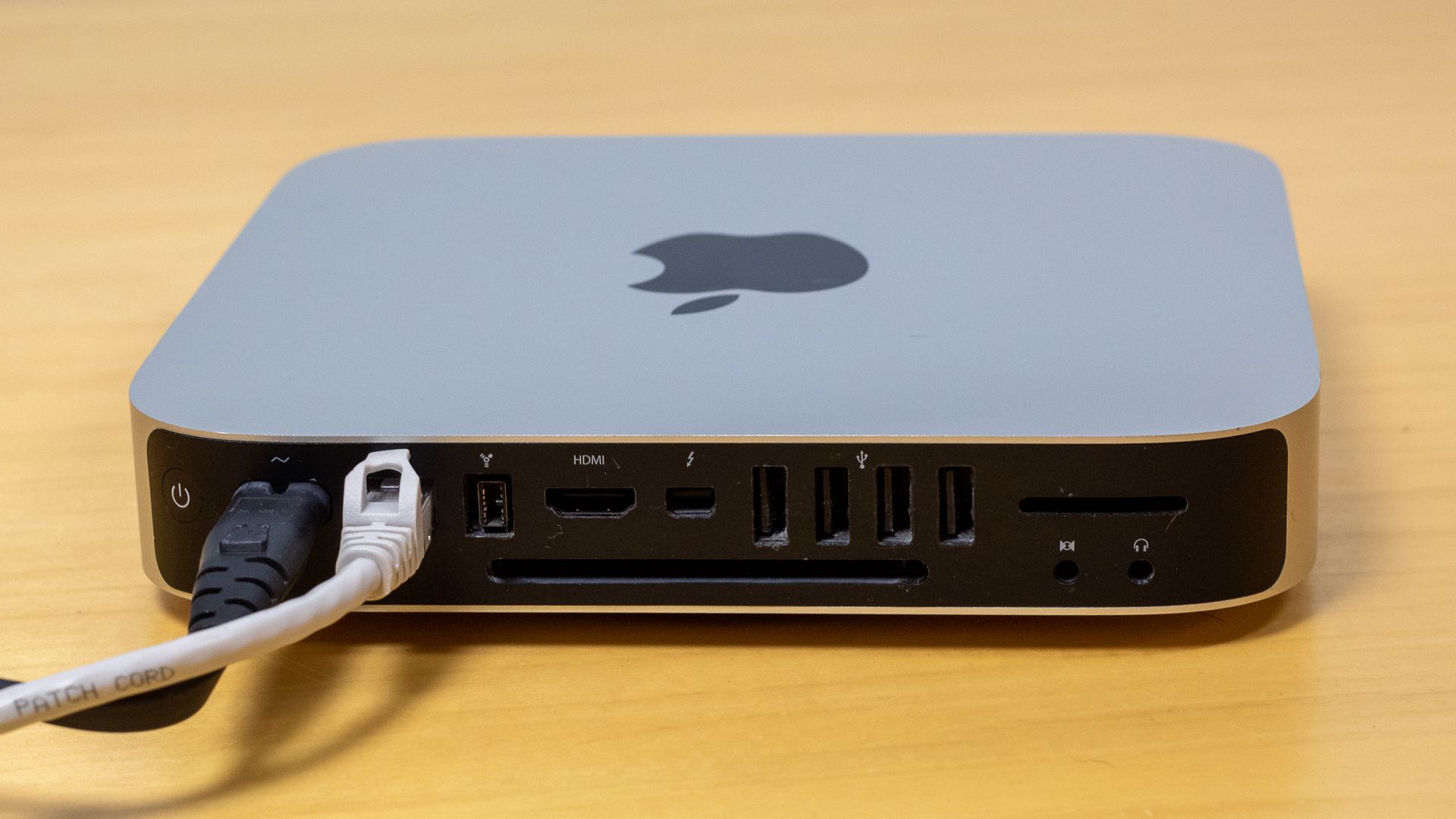
Something else the Mac mini has that a lot of MacBook models lack is USB Type-A ports. Even a base M1 Mac mini has two of these, offering speeds of up to 5Gb/sec which are perfect for older peripherals and making use of your old cables. On top of this, you also get two USB-C ports that use the Thunderbolt 3 (USB 4) standard, for speeds of up to 40Gb/sec (or 10Gb/sec over the USB 3.1 Gen 2 standard).
These are great for connecting external storage, like a PCIe to USB bridge for use with fast NVMe storage or a RAID array to vastly increase your pool of storage. Though Home Assistant barely takes up any space, if you plan on using your Mac mini as a file or media server or want to store footage from a security camera then you’ll need all the storage you can get. You’ve also got an HDMI output for connecting a display, should you need it.
You Can Use It for Other Stuff Too
Running Home Assistant only takes up a small amount of processing power, which means you’ve got a whole lot of overhead to have even more fun. I’m using mine as a media center front-end, but I’ve also got Jellyfin installed for media streaming to other devices in my house. You could install Plex for this purpose, if you’d rather.
With enough storage attached, you could use your Mac mini as a Time Machine backup point for any Mac on your local network (that Ethernet port is going to come in handy). You could also roll your own cloud storage solution for truly private access to your files wherever you need them. Since macOS comes with Apache installed, it’s not too much hassle setting up a simple web server either (ideal for a static website that doesn’t get too much traffic).
Using Docker and Apple’s container tool you’re able to run projects like this as Linux containers that makes moving, backing up, and rolling things out even easier.
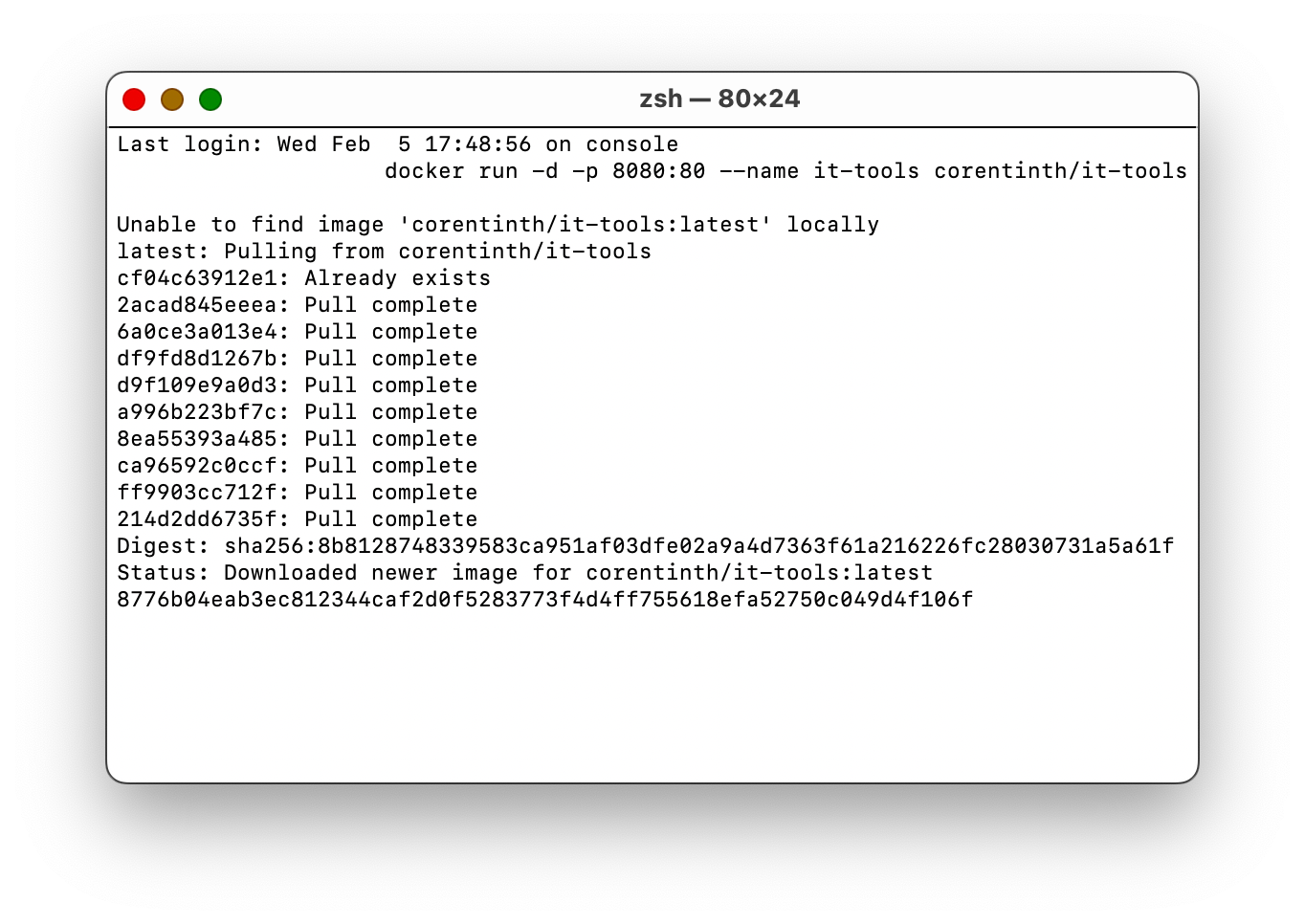
On top of media and file duties, the M1 or better Apple silicon chips are emulation powerhouses. They’re great for emulating a wide range of consoles and arcade systems, right up to the PS3 (though you’ll get more mileage out of older titles on platforms like the original Xbox, where you can even render in higher native resolutions for better visuals).
Home Assistant is the secret sauce that enables a powerful and automated smart home. As long as the hardware beneath it is good enough, you’ll have a fine time. That said, an old used Mac mini has a range of benefits over similarly-priced solutions.
It’s power efficient, quiet, fits virtually anywhere, and can put double or triple-duty hosting files, powering a media center, or playing games. It also happens to run macOS, which means you can use it for regular old computer tasks too. Just don’t get burned buying a second-hand model.


